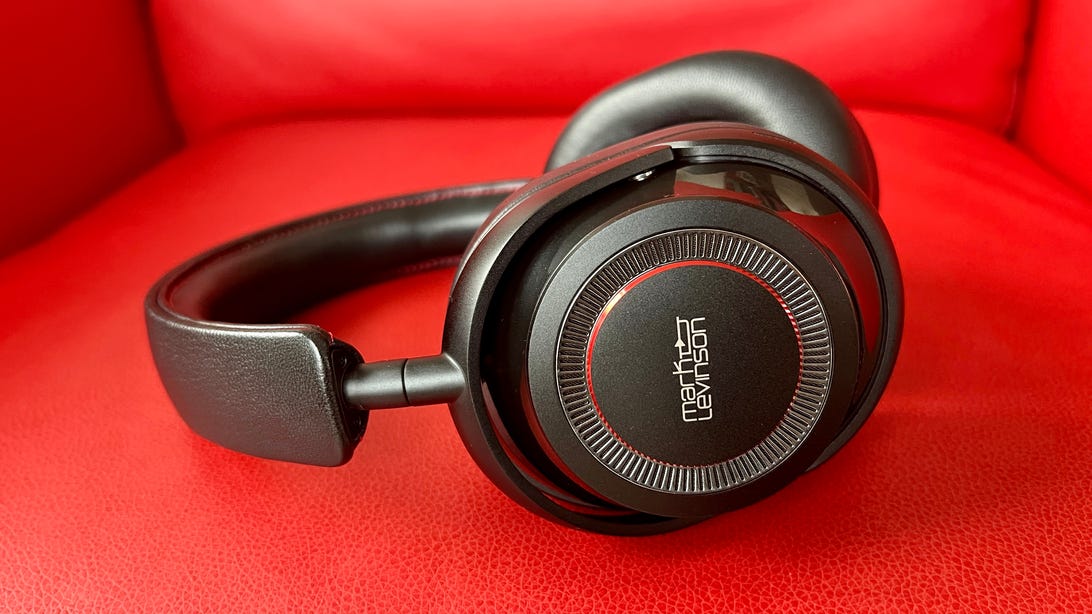7 Student Tips to Boost Mental Health
Maintaining good mental health is critical for students’ academic achievement and general well-being. Learning and social obligations can get overwhelming at times. However, students can proactively improve their mental health and create a favorable atmosphere for personal growth by taking a few easy measures. Here are seven helpful tips for students to boost mental health.
1) Prioritize Self-Care
Every student’s mental health practice should include self-care. Ensure you get enough sleep, consume nutritious food, and exercise regularly. You need to make time for activities that offer you joy and relaxation. Prioritizing self-care helps to cultivate a positive mentality, reduce stress, and improve overall mental health.
Additionally, a reduced academic burden can also help in boosting your mental health. This is possible by taking professional help for your essays and other academic texts. Writing Universe is an online platform aiming to help students with their assignments at affordable rates. You may check it out and easily place your order as per your requirements.
2) Develop A Supportive Network
A solid support system is essential for mental health. Create a support network of friends, family members, or mentors to whom you may turn in times of need. Feeling understood, loved, and supported may improve your mental health and general happiness.
3) Set Realistic Goals
Setting reasonable and attainable goals is important for sustaining motivation and avoiding burnout. Divide your long-term goals into smaller and more manageable tasks. In addition to this, celebrate milestones and acknowledge your accomplishments, no matter how small they may appear.
One of the main causes of worry about students can be getting low grades or not submitting assignments on time. Sometimes the assignments are such that may involve more time and patience, like translation work. However, in such a case, you can always turn to a professional translation service. It can help you get the desired work translated with accuracy and precision, resulting in good academic performance.
4) Manage Your Time Properly
Stress and anxiety can result from poor time management. Developing effective time management skills will assist you in remaining organized, reducing procrastination, and increasing productivity. Make a timetable, and divide major chores into smaller, more manageable parts. By managing your time effectively, you may minimize stress and establish a good work-life balance, boosting your mental well-being.
5) Maintain Healthy Boundaries
Setting appropriate boundaries is required to boost your mental health. When necessary, learn to say no and prioritize your own needs and well-being. Avoid taking on too many academic or social responsibilities. Moreover, take pauses whenever needed.
6) Practice Relaxation Techniques
Incorporating mindfulness and relaxation practices into your everyday routine can improve your mental health significantly. Throughout the day, take small breaks to do deep breathing techniques. Journaling, yoga, and nature walks are all hobbies that cultivate mindfulness. These techniques aid in stress reduction, self-awareness, and emotional well-being.
7) Seek Support
If you’re having trouble with your mental health, don’t be afraid to seek professional help. Counseling services are frequently available in universities and colleges to help students deal with mental health issues. Use these resources as needed, whether for stress management, anxiety, depression, or other mental health issues. It is important to remember that you do not have to confront issues alone. You can always reach out for help.
Final Words
Prioritizing mental health is essential for students’ academic and emotional success. Students can boost their mental health by following tips such as prioritizing self-care, cultivating a supportive network, and practicing effective time management. Furthermore, maintaining healthy boundaries and seeking professional support can also aid in improving one’s mental health.
Author: Brandon Metcalfe
Brandon Metcalfe is a writer and lifestyle coach. He is passionate about writing on a wide range of topics, including fitness, nutrition, health, culture, etc. He also runs a blog where he actively talks about maintaining a healthy lifestyle to his followers. Apart from this, Brandon is a travel enthusiast.
The post 7 Student Tips to Boost Mental Health appeared first on Productivity Land.






















